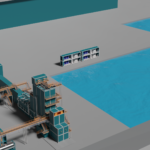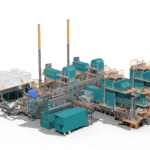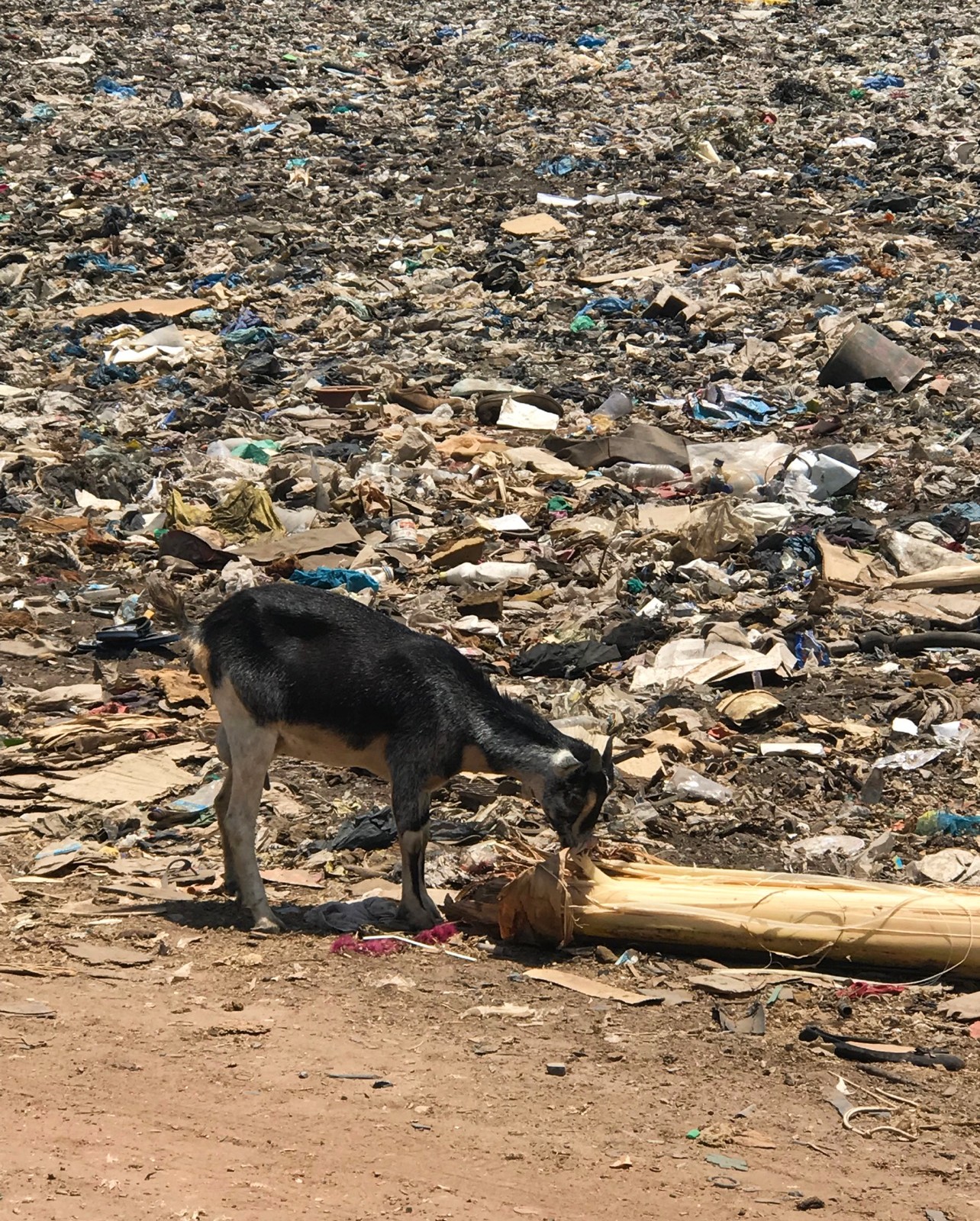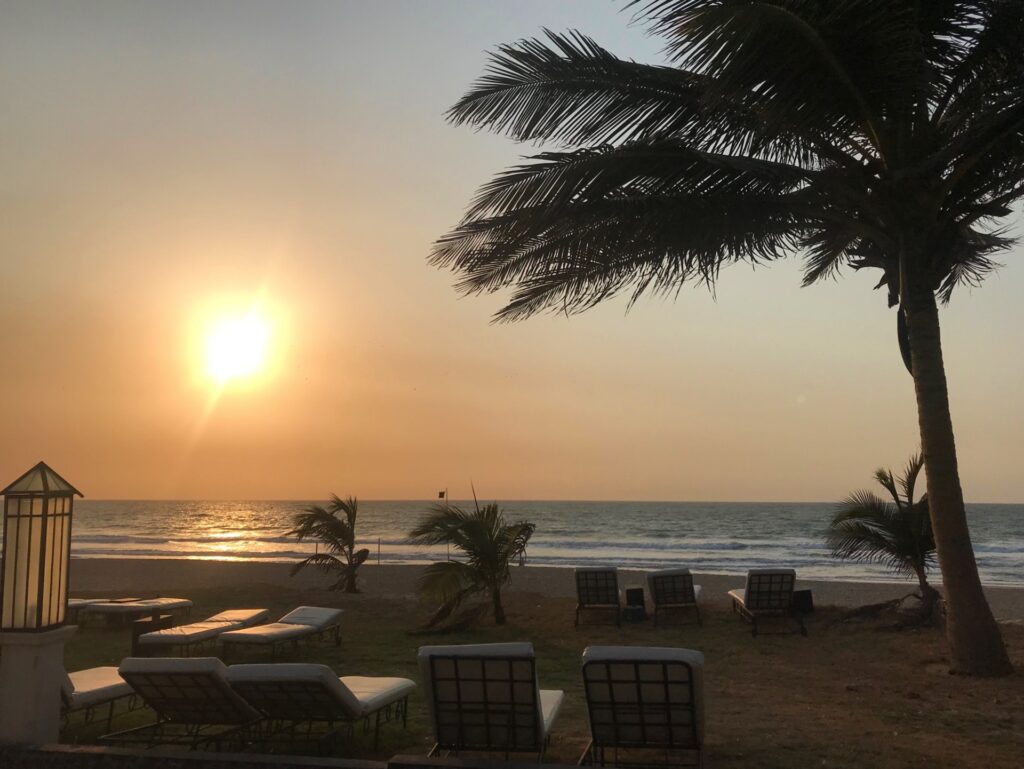Banjul, officially the City of Banjul, is the capital of The Gambia. Banjul is on St Mary’s Island (Banjul Island), where the Gambia River enters the Atlantic Ocean. The population of the Greater Banjul Area (GBA), which includes the City of Banjul and the Kanifing Municipal Council, is well over half a million. The island is connected to the mainland to the west and the rest of Greater Banjul Area via bridges. There are also ferries linking Banjul to the mainland at the other side of the river. It is the least-populated capital on the African mainland.
People have inhabited the area outside of Banjul island for many millennia before the Portuguese navigators entered the mouth of the Gambia River in 1455 before being ejected by hostile locals. They returned in 1456 and managed to reach James Island further upstream. After the abolition of the slave trade in 1807 the British had to find an alternative to James Island, which was situated on the river, to better control access to the river and enforce the Slavery Abolition Act.
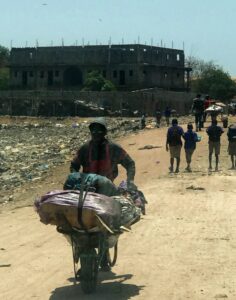
Close to 500 tons of waste is generated and collected every day in the GBA. Most of the waste that is collected is taken to a vast unregulated dump in Bakoteh, situated in the heart of the busiest urban area, Serekunda. There is currently no leachate control or landfill gas removal; waste is currently left to rot, or not, and neighboring communities are continuously exposed to toxic smoke from the burning rubbish, even visible on Google Earth images. Good thing is that the Government is very active now to solve the matter.
Popularly known as “The quarry”, the Bakoteh dump site is all that remains of an old strip mining. The craters the old stone excavations left behind now harbor the garbage of half a million people in Kanifing, the most densely populated region of The Gambia. This is an open pit mine where waste is disposed of indiscriminately and uncontrolled, which is causing an environmental impact and a constant threat to the population health. With an area equivalent to 25 football pitches, the Bakoteh dump site was one day a peripheral territory, a suburb outside the residential areas. Nowadays, as a result of the rural exodus and the rapid population growth in the metropolis, it is cornered by the urban nucleus. Local Government is luckily actively solving the matters to become better.
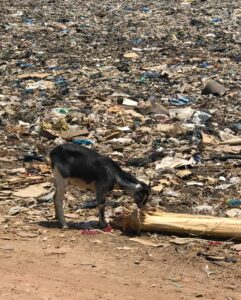
WOIMA has the perfect solution to support president Barrow’s Initiative to clean up the Bakoteh dumpsite with our waste-to-value solutions, and reduce the waste-induced challenges. We have developed a wasteWOIMA® power plant that can incinerate away the waste already existing at the dumpsite. The wasteWOIMA® power plant recycles the waste into raw materials and energy in the most efficient manner reducing the waste quantity by over 95%. The power plant is delivered in container-size modules and can easily be relocated, once the dumpsite has been emptied.
Read More: Landfill Rehabilitation for Housing Purposes
Contact WOIMA, if you see yourself as collaboration partner in saving the planet. Ask more about turning waste into wellbeing with WOIMA Circular Economy Solutions.

